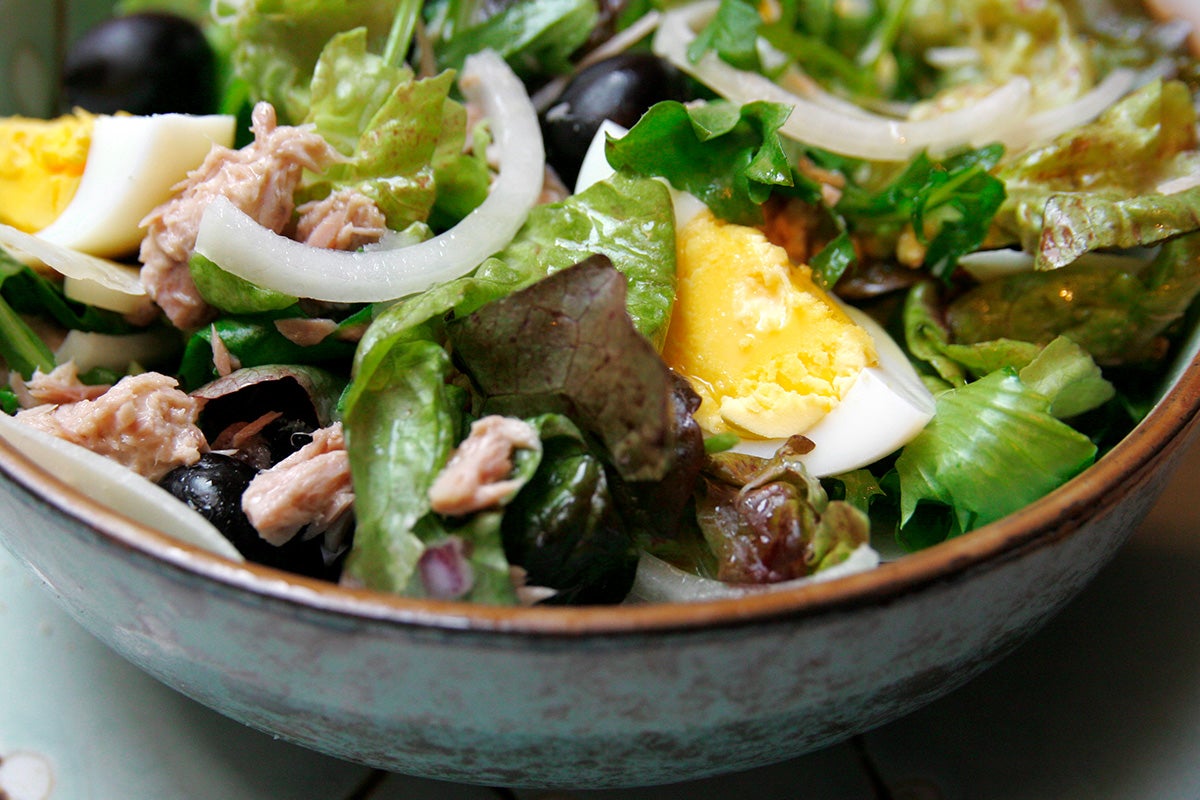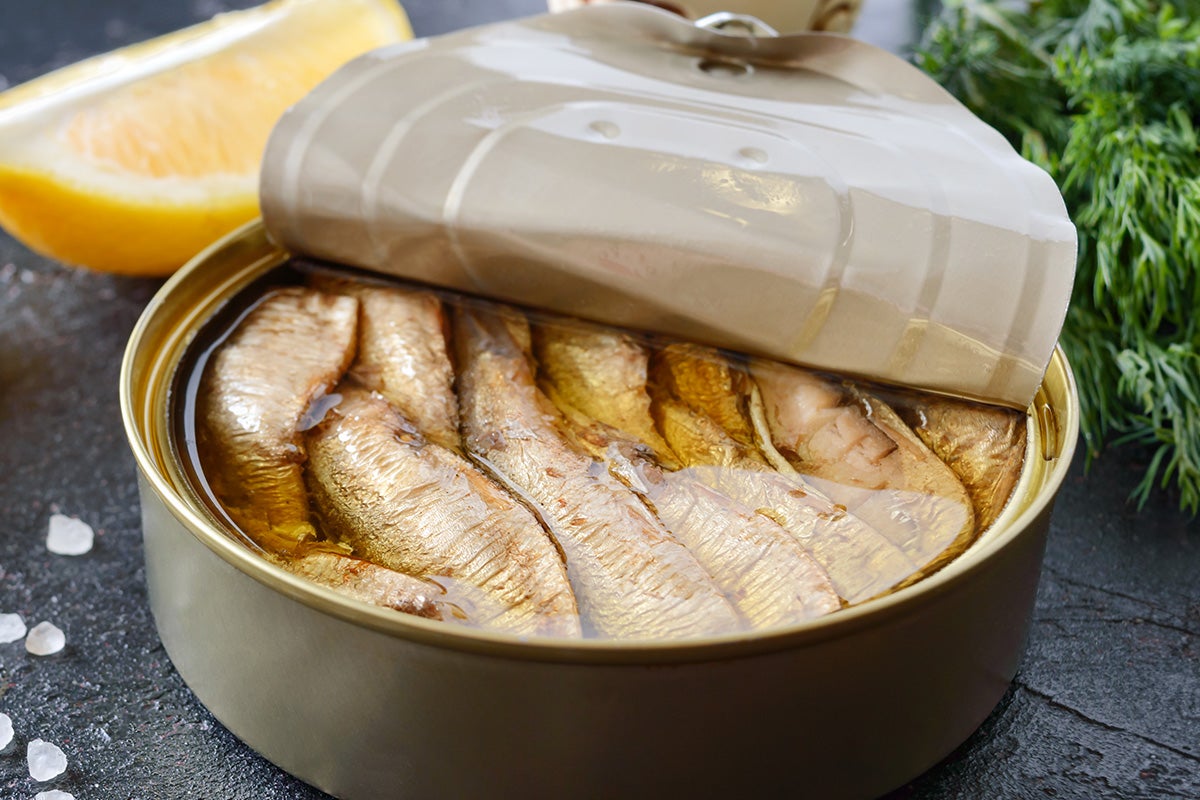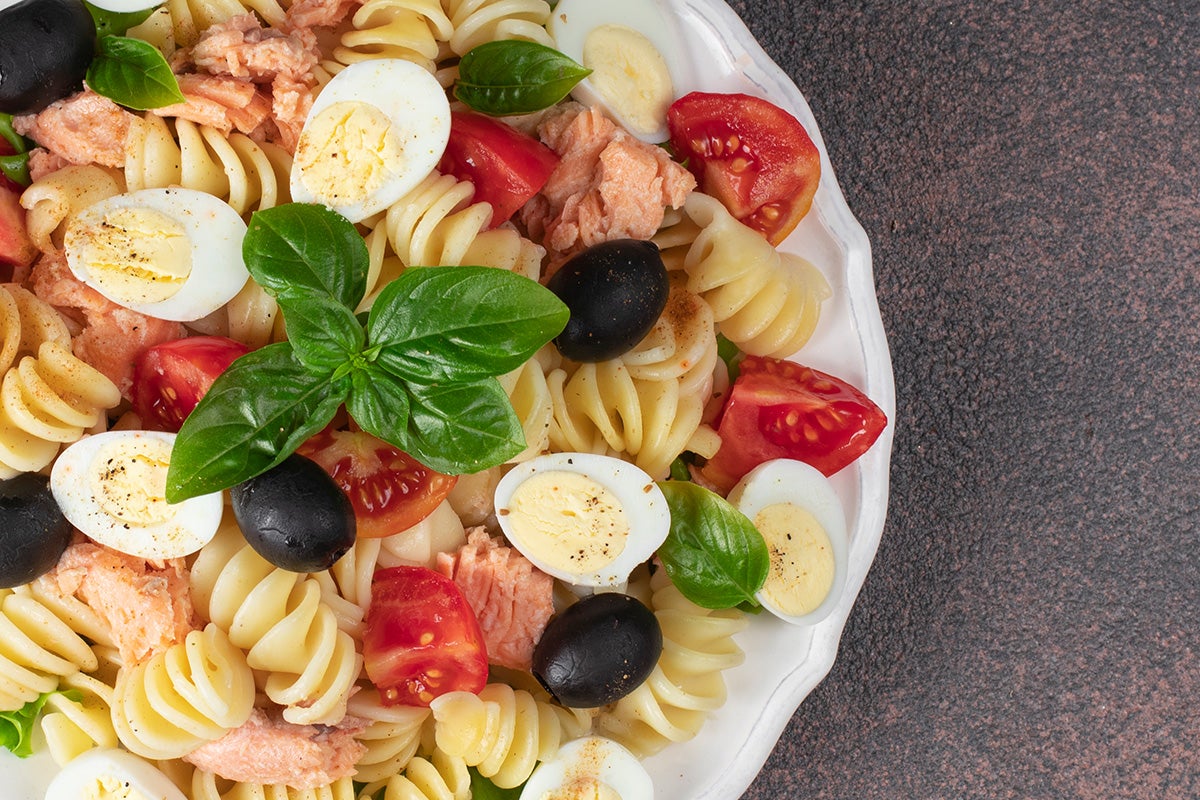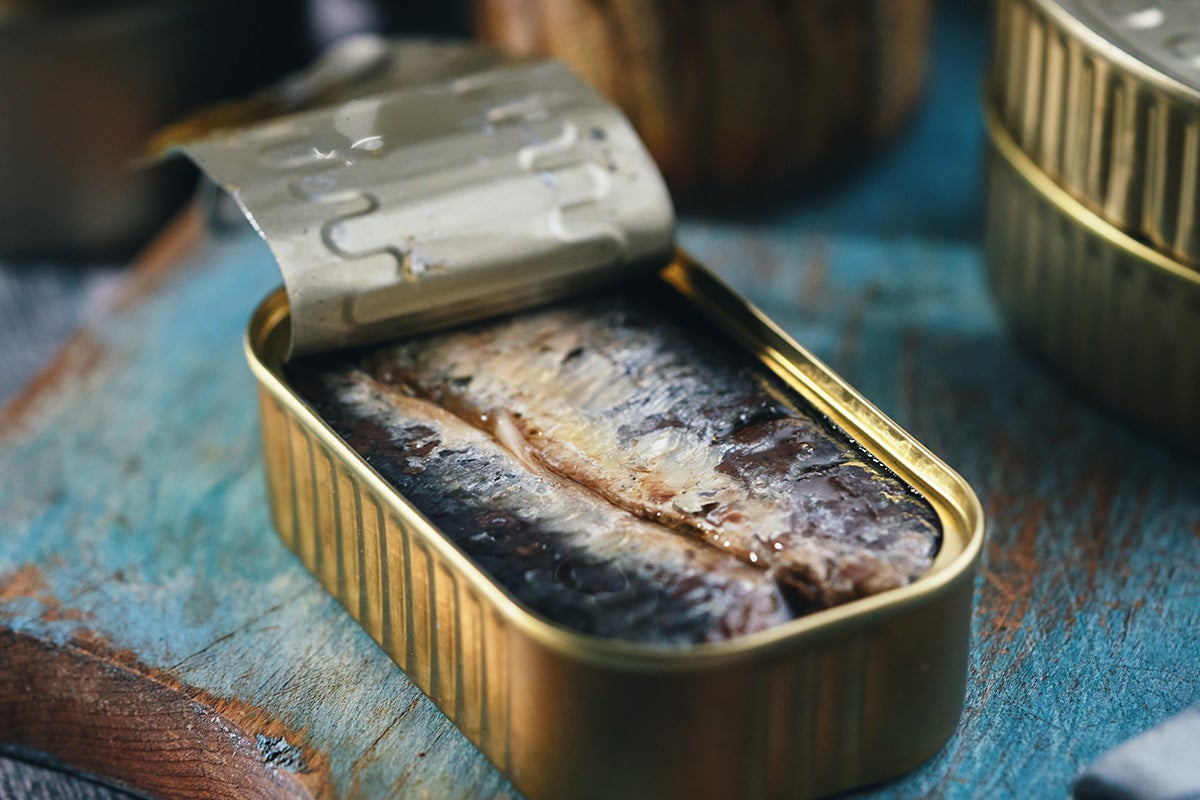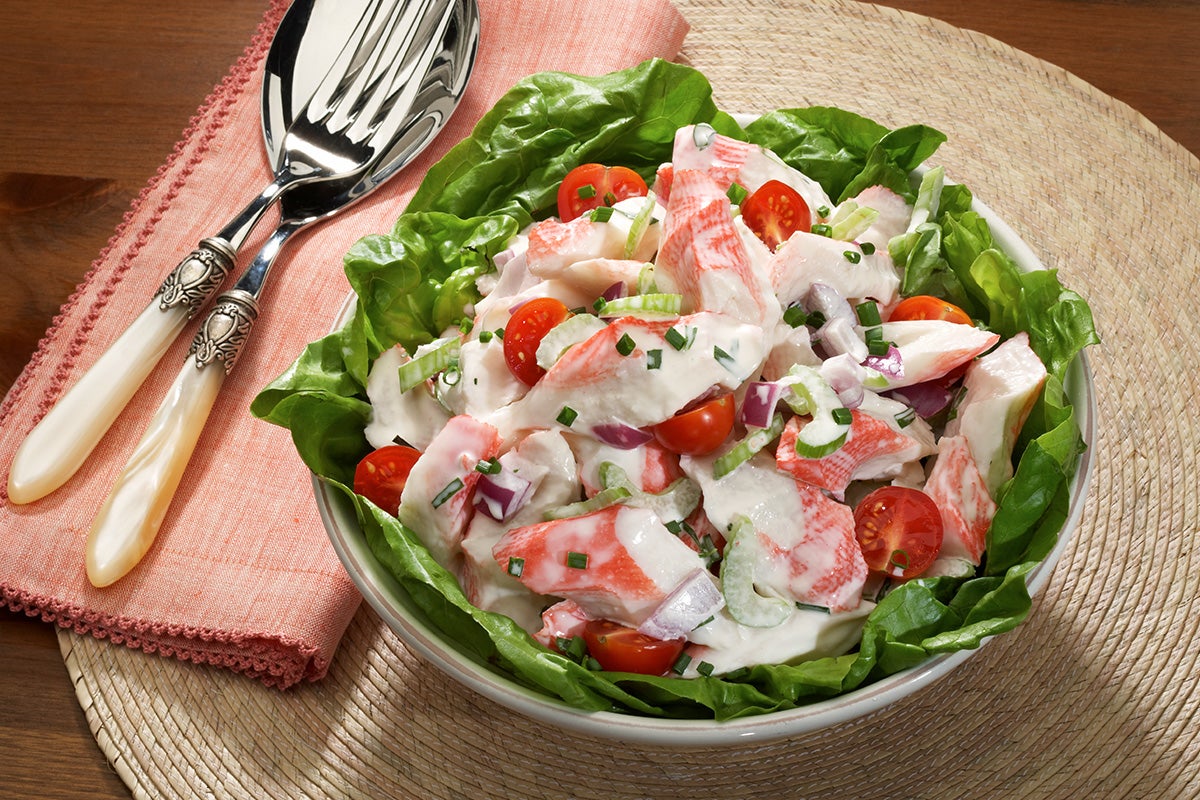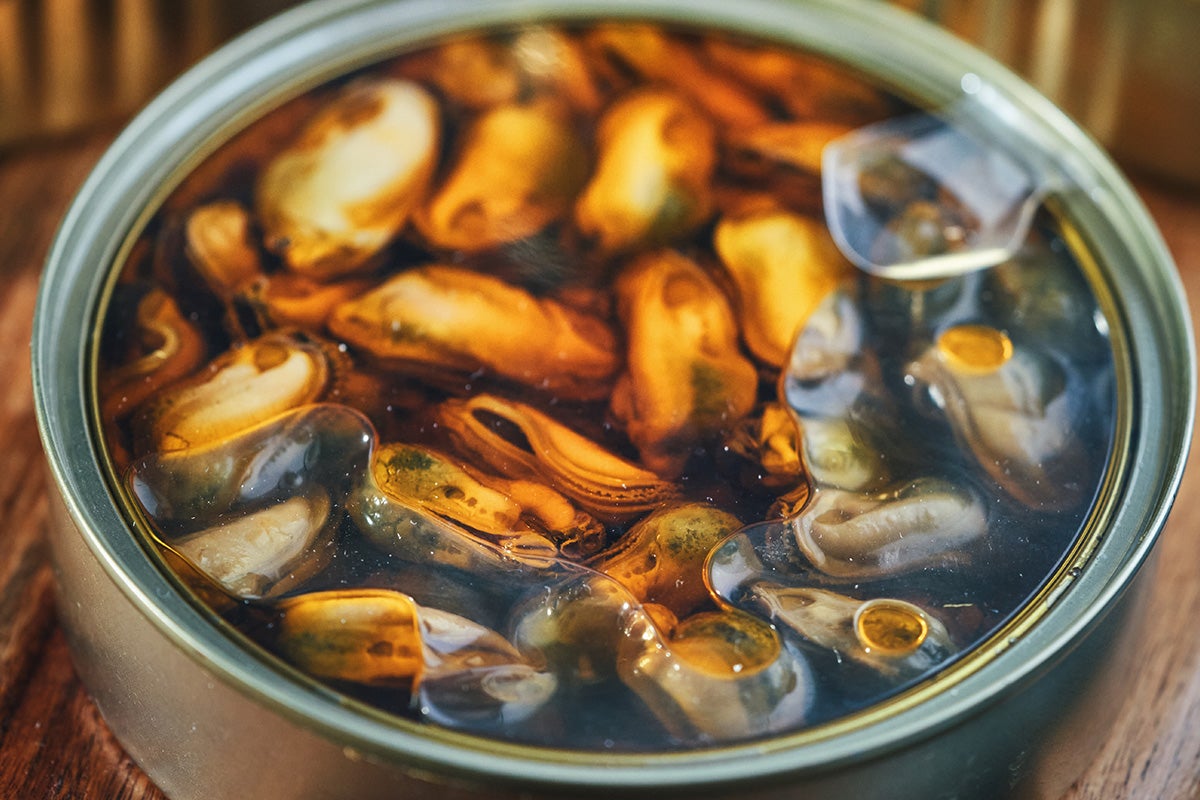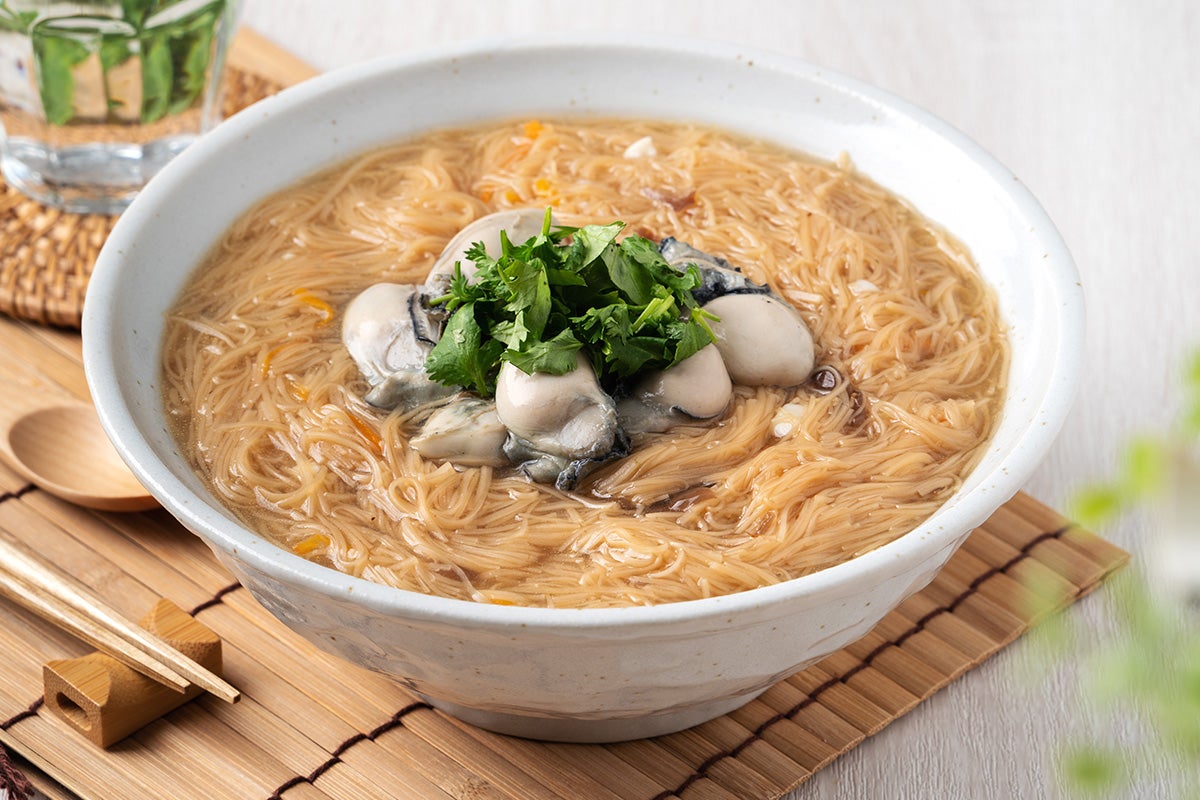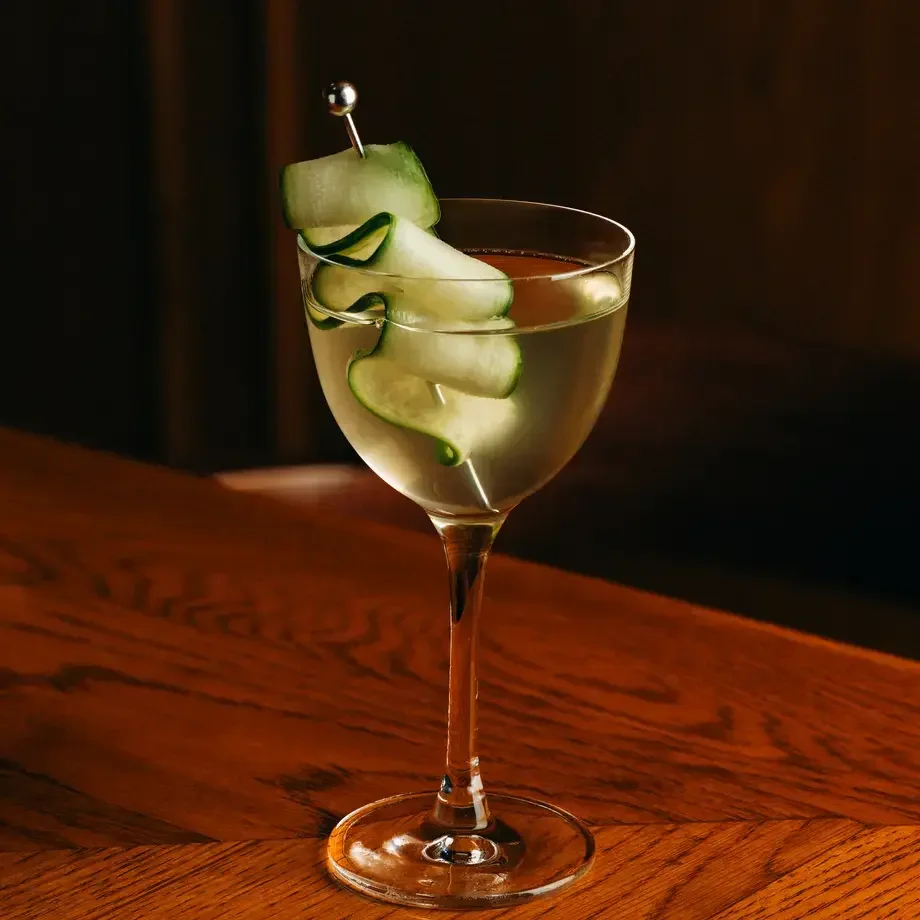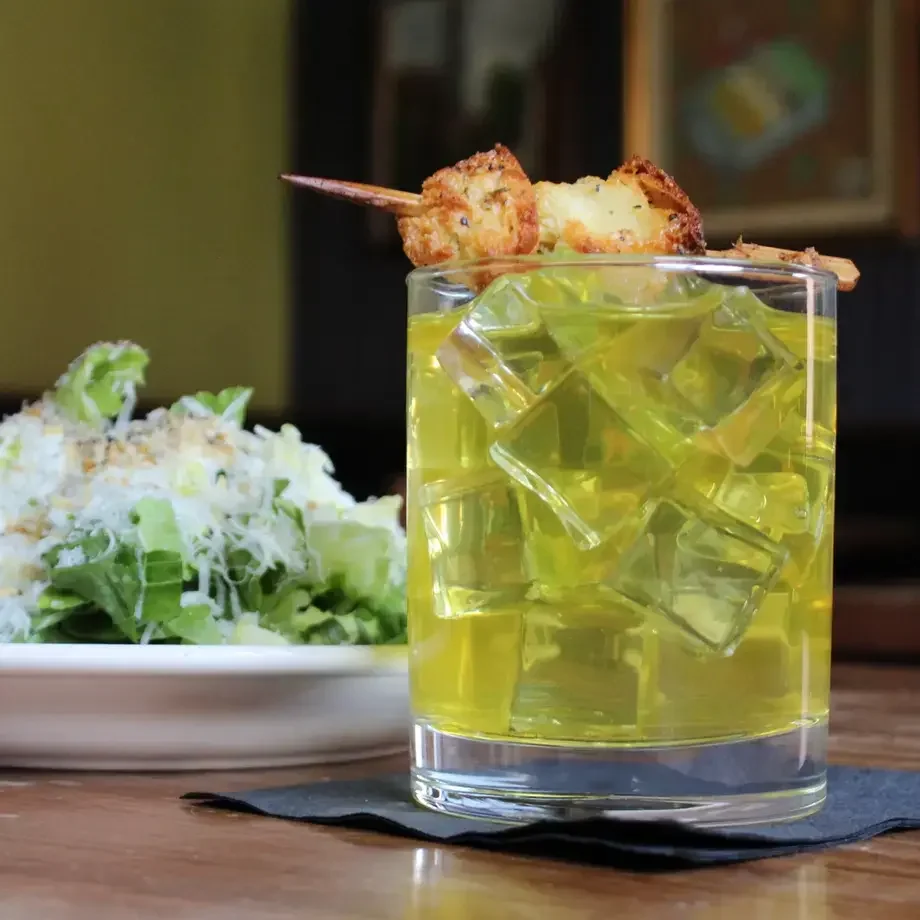Canned fish is a trend that it seems is here to stay. Not only is it delicious, but as an ingredient it is versatile, nutritious and can sit on your pantry shelf for a long time, ready to be reached for when inspiration deserts you.
Mediterranean culinary cultures have long held canned fish close to their hearts and Portugal takes the art of canned fish to another level, but the canned fish product has undergone something of a renaissance in the US in recent years. Artisan canning companies are devising new and delicious types of canned fish products, paying attention to fish provenance, quality and to different flavour enhancing techniques like smoking, fermenting and pickling, as well as matching fish with herbs and spices for interesting results that can be easily used.
Here are 10 types of canned fish and how to use them.


